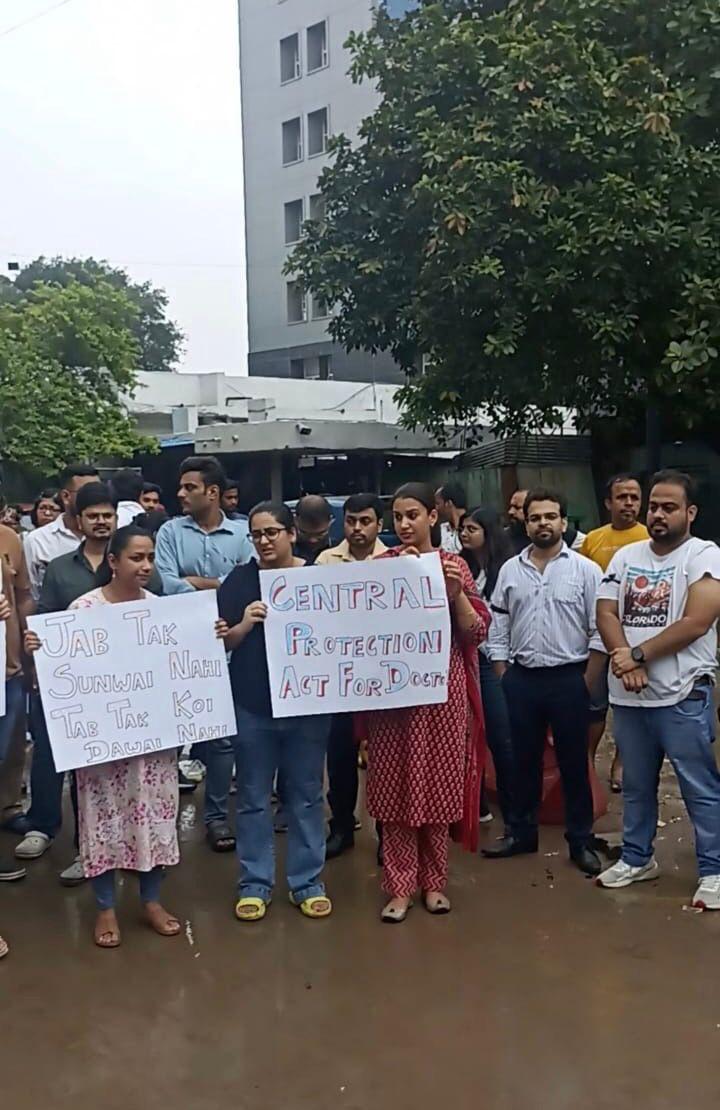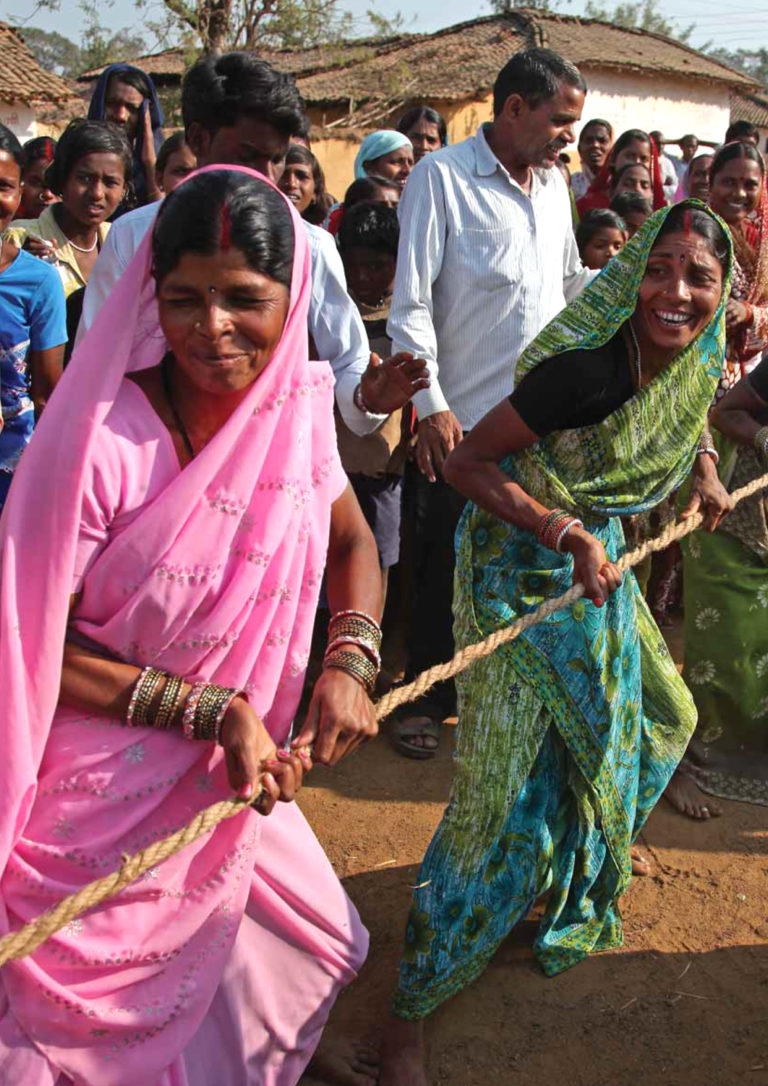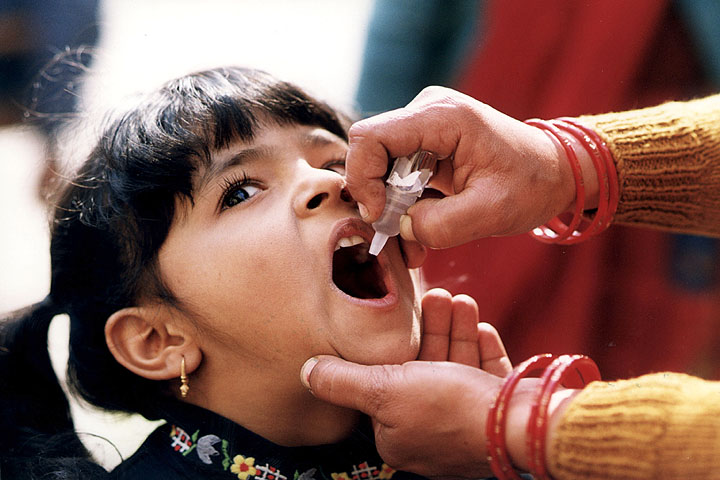Rajasthan, Tripura, Telangana, Delhi, several AIIMS in the list of hospitals where services have been affected
The rape, torture and murder of a doctor in Kolkata’s R G Kar Hospital continued to disrupt medical services for the third consecutive day Tuesday with resident doctors in Rajsthan, Tripura, Telangana, Delhi, Jharkhand and several other states refusing to get back to work. Meanwhile the Calcutta High Court ruled that the case must be handed over to the Central Bureau of Investigation.
Health minister J P Nadda has slammed the law and order situation in West Bengal even as Trinamool leader Kunal Ghosh took to X to claim that the government of the state is doing everything possible to nab the culprit. Meanwhile protests continued in several states of the country including in AIIMS New Delhi and several other institutes. Even as gory details emerged about the torture that the 31-year-old woman went through, doctors’ associations stuck to their guns demanding a law for the safety of healthcare workers.
“We are going to continue with the strike. This time we will make sure that this is never ever repeated in our country. When this can happen in the biggest hospital of state capital what is the security at PHCs for female doctors and health care workers. We Never asked for taali thali. But now All we get is “maar pitae maut aur gaali.” Now is the time for *CENTRAL PROTECTION ACT FOR HEALTHCARE WORKERS*@MamataOfficial @JPNadda @MoHFW_INDIA @NMC_IND,” posted Dr Rohan Krishnan, chairman of FAIMA Doctors’ Association on X.
In 2019, the government of India had started an initiative and had circulated a draft legislation The HealthCare Service Personnel & Clinical Establishments (Prohibition of Violence and Damage To Property) Bill, 2019 to protect healthcare workers but that was not ultimately tabled in Parliament. That Bill however had been drafted primarily to protect doctors from being manhandled by patients’ relatives and did not deal with heinous crimes such as the one that has happened in R G Kar Hospital.











